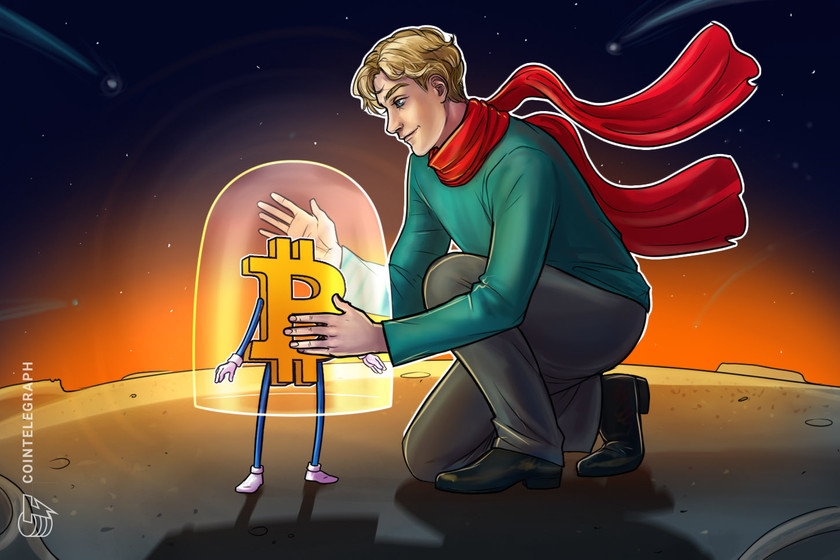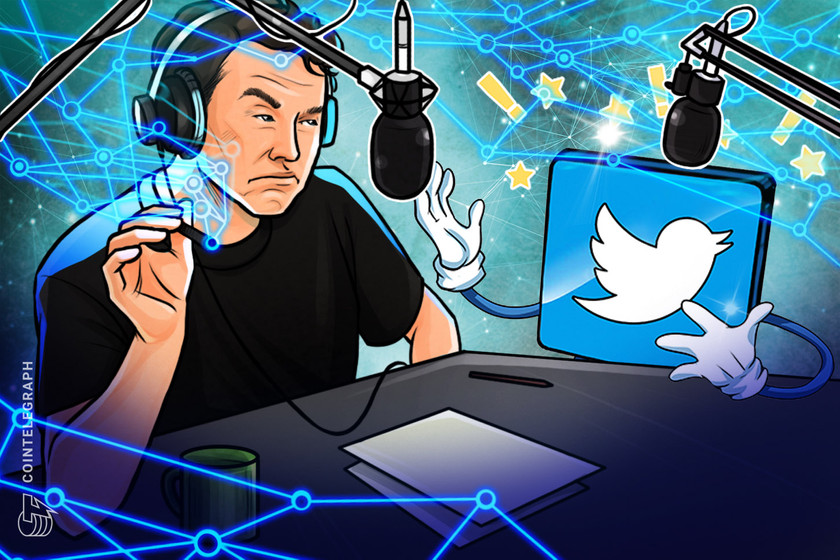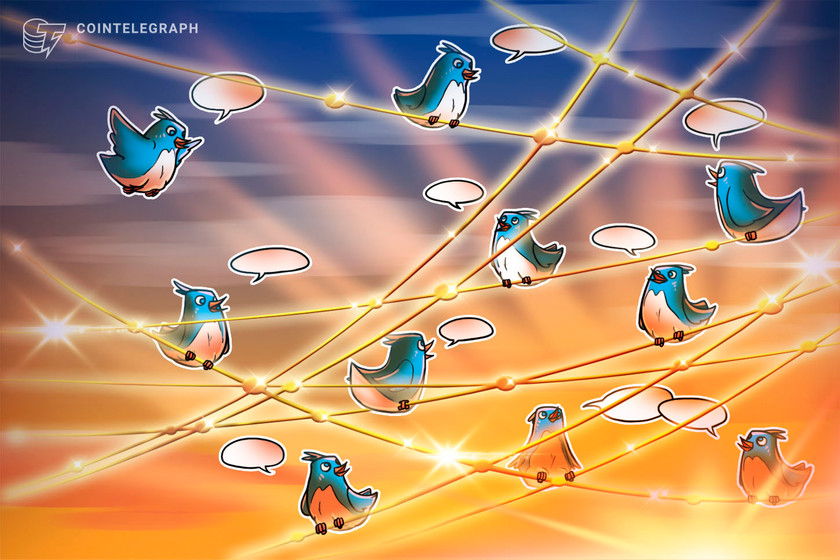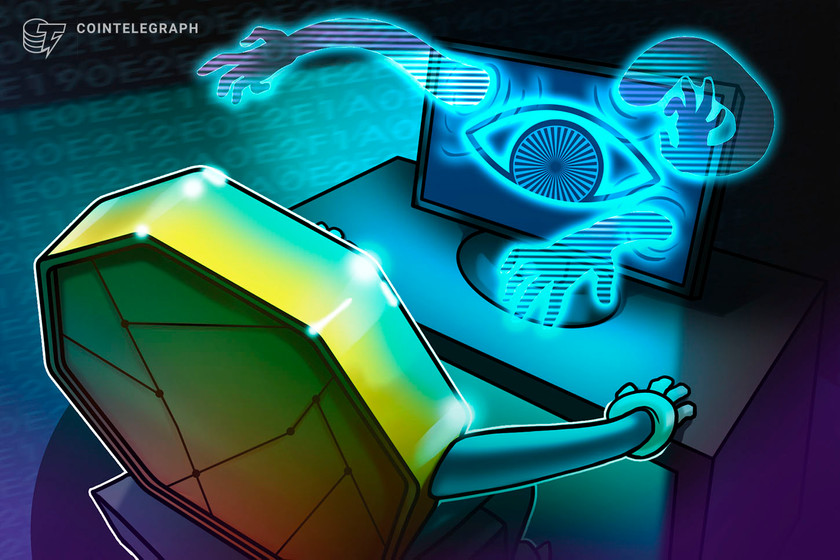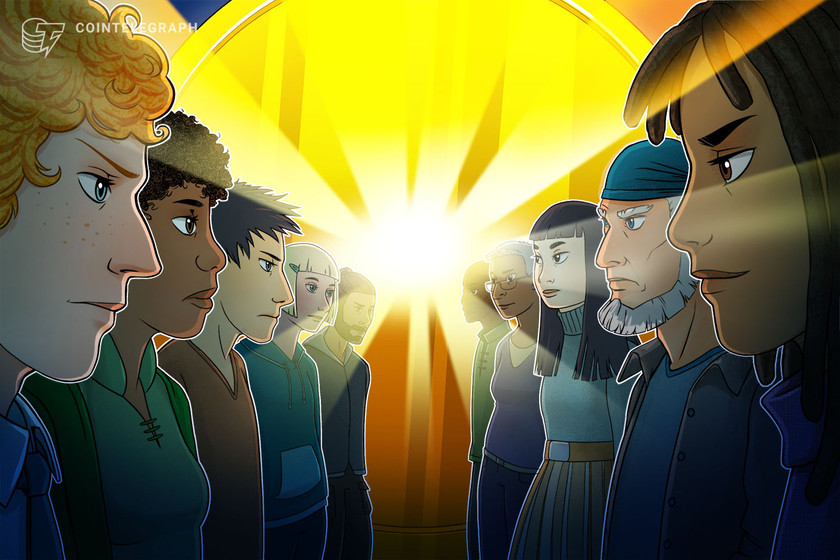Facebook and Twitter will soon be obsolete thanks to blockchain technology


On Web2 — Twitter and Facebook — users do not own their own content or followers. That isn’t the case on Web3, where our corporate overseers will become powerless.
Today’s social media landscape is dominated by Web2 corporations — mostly Meta (Facebook) and Twitter. The companies collect data from billions of users and collect billions of dollars in revenue from user-generated content. While it’s great for the corporations and their shareholders, it comes at a cost for average users and professional content creators.
But in the near future, decentralized social media — or Web3 — is likely to end that old model by giving power back to users.
No more evicting unruly users
Because platforms such as Facebook, Instagram and Twitter are centralized, users are at the mercy of company bosses, who demand compliance with their platform policies. If users fail to comply, they can lose content and followers they spent years building up in just a matter of seconds.
A famous example is Twitter’s ban on former President Donald Trump. While you may debate Trump’s views, the decision by Twitter management did not include millions of Twitter users who make the platform so valuable. It showed how little control Web2 users hold over Twitter’s decisions related to their content, even though they are the ones creating value for the company.


The beauty of Web3? Corporate bosses will no longer be able to dictate who is allowed to use their platforms.
Another problem with Web2 social networks? Walled gardens
Another problem with Web2 social media is that it has been characterized by “walled gardens.” If you have 1 million followers on Instagram and want to start an account on YouTube, you need to start with zero followers. There is no way to move your audience over because they are connected to the individual platforms, not to you. That applies even to platforms owned by the same company — such as Facebook and Instagram.
Related: Decentralized social media: The next big thing in crypto?
Web3 introduces solutions to reduce the number of intermediaries, create an open ecosystem, enable new forms of monetization, and give individuals more power not only over their content but also over their followers.
New blockchains on the horizon
Multiple platforms have launched what may supplant the social media industry on Web2. They include the Aave team’s Lens Protocol and the Andreessen Horowitz-backed DeSo. Both are built to host decentralized social media apps. They already have numerous live applications, including Lenster, Phaver, Iris (decentralized Twitter) and LensTube (decentralized YouTube).
How do they work? With Lens, for example, users can utilize a nonfungible token (NFT) to link their content and followers directly to a cryptocurrency wallet. That means zero dependencies on the individual platform because they hold cross-platform access to their followers.
If a user posts something, it’s automatically shared across all platforms they use. And because their followers are linked across platforms, they have the same number of followers on every platform. If a new platform emerges, users do not have to build their audience all over again. In Web2 terms, it’s like having an account linked directly to the internet instead of one linked to Facebook’s closed ecosystem.
Direct user monetization instead of advertisements
Another feature of Web3 social media is that rather than generating revenue from advertising, users have the ability to monetize their work directly. The model incentivizes users to publish much better content. It’s simplified by allowing creators to set a fee for “collecting” their posts — or to set a fee for following them. The revenue then flows directly to the creator, not to the platform.


Influencers will accelerate adoption
Some critics argue that Web2 social media has such a head start that it will be impossible for Web3 social to catch up. But the reality is that the benefits of decentralized social media are so substantial that big content creators will transition, bringing their audiences with them.
Related: The metaverse will change the paradigm of content creation
There are already many examples of prominent influencers who have their own social media platforms because the corporate platforms would not allow them to share their content anymore. Web3 offers an obvious solution for the growing number of those who have been banned from Web2.
Providing ownership over their own content and followers? Easy ways to generate revenue from their work? Connecting it all with easy-to-use NFTs? What is there to complain about? Blockchain technology is bringing us a social-media space that rewards users — not platforms — and is better than any we’ve dreamed of in the past.
The views, thoughts, and opinions expressed here are the author’s alone and do not necessarily reflect or represent the views and opinions of Cointelegraph.




